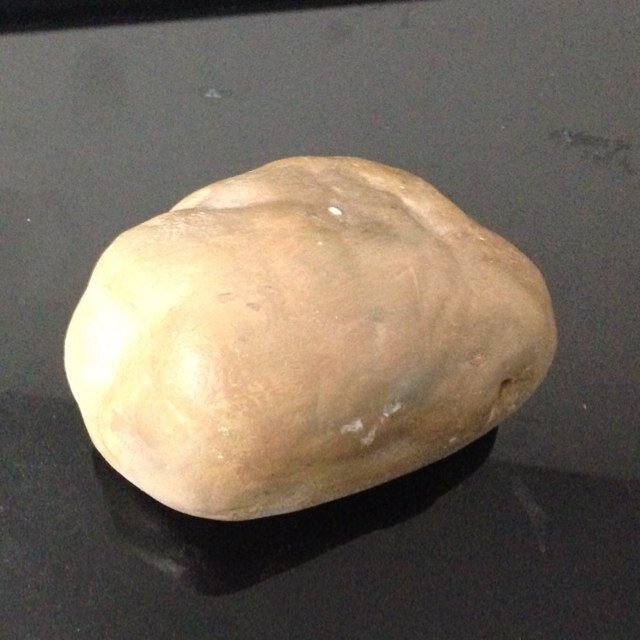結果
| 問題 | No.160 最短経路のうち辞書順最小 |
| コンテスト | |
| ユーザー |
 ぴろず ぴろず
|
| 提出日時 | 2015-02-26 02:16:06 |
| 言語 | Java (openjdk 23) |
| 結果 |
AC
|
| 実行時間 | 523 ms / 5,000 ms |
| コード長 | 2,908 bytes |
| 記録 | |
| コンパイル時間 | 3,189 ms |
| コンパイル使用メモリ | 82,204 KB |
| 実行使用メモリ | 59,592 KB |
| 最終ジャッジ日時 | 2024-06-23 23:37:32 |
| 合計ジャッジ時間 | 11,289 ms |
|
ジャッジサーバーID (参考情報) |
judge1 / judge5 |
(要ログイン)
| ファイルパターン | 結果 |
|---|---|
| sample | AC * 4 |
| other | AC * 26 |
ソースコード
package graph.ans1;
import java.util.ArrayList;
import java.util.Arrays;
import java.util.PriorityQueue;
import java.util.Scanner;
public class Main {
public static void main(String[] args) {
Scanner sc = new Scanner(System.in);
int n = sc.nextInt();
int m = sc.nextInt();
int s = sc.nextInt();
int g = sc.nextInt();
int[] a = new int[m];
int[] b = new int[m];
int[] c = new int[m];
for(int i=0;i<m;i++) {
a[i] = sc.nextInt();
b[i] = sc.nextInt();
c[i] = sc.nextInt();
}
ArrayList<Integer> ans = solve(n, m, s, g, a, b, c);
StringBuilder sb = new StringBuilder();
for(int i=0;i<ans.size();i++) {
if (i > 0) {
sb.append(' ');
}
sb.append(ans.get(i));
}
System.out.println(sb.toString());
}
public static ArrayList<Integer> solve(int n,int m,int start,int goal,int[] a,int[] b,int[] c) {
Graph g = new Graph(n);
for(int i=0;i<m;i++) {
g.addBidirectionalEdge(a[i], b[i], c[i]); //無向辺の追加(有向辺を2つ張る)
}
int[] dist = g.minDistDijkstra(goal); //ゴールからダイクストラ
//辞書順最小になるように、経路復元しながら貪欲的に選ぶ
//無向辺なので実装は簡単
ArrayList<Integer> ans = new ArrayList<>();
int now = start;
ans.add(now);
while(true) {
int next = 1 << 29;
for(Graph.Edge e:g.graph[now]) { //nowから出てる辺全てに対して処理
if (dist[now] == dist[e.to] + e.cost) {
next = Math.min(next, e.to);
}
}
now = next;
ans.add(now);
if (now == goal) {
break;
}
}
return ans;
}
}
class Graph {
public static final int INF = 1<<29;
int n;
ArrayList<Edge>[] graph;
@SuppressWarnings("unchecked")
public Graph(int n) {
this.n = n;
this.graph = new ArrayList[n];
for(int i=0;i<n;i++) {
graph[i] = new ArrayList<Edge>();
}
}
public void addBidirectionalEdge(int from,int to,int cost) {
addEdge(from,to,cost);
addEdge(to,from,cost);
}
public void addEdge(int from,int to,int cost) {
graph[from].add(new Edge(to, cost));
}
//dijkstra O(ElogV)
public int[] minDistDijkstra(int s) {
int[] dist = new int[n];
Arrays.fill(dist, INF);
dist[s] = 0;
PriorityQueue<Node> q = new PriorityQueue<Node>();
q.offer(new Node(0, s));
while(!q.isEmpty()) {
Node node = q.poll();
int v = node.id;
if (dist[v] < node.dist) {
continue;
}
for(Edge e:graph[v]) {
if (dist[e.to] > dist[v] + e.cost) {
dist[e.to] = dist[v] + e.cost;
q.add(new Node(dist[e.to], e.to));
}
}
}
return dist;
}
class Edge {
int to;
int cost;
public Edge(int to,int cost) {
this.to = to;
this.cost = cost;
}
}
class Node implements Comparable<Node>{
int dist;
int id;
public Node(int dist,int i) {
this.dist = dist;
this.id = i;
}
public int compareTo(Node o) {
return (this.dist < o.dist) ? -1 : ((this.dist == o.dist) ? 0 : 1);
}
}
}
